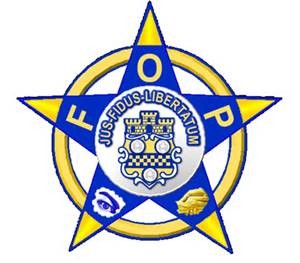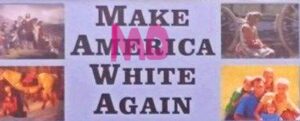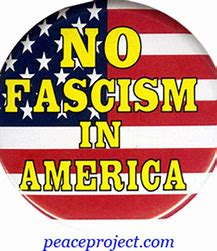Published St. Louis American, June 4, 2015
 The “Blue Alert” Law recently signed by President Obama has the FOP’s fingerprints all over it. The Fraternal Order of Police is the world’s largest organization of law enforcement officers and is a powerful lobbying force for its members. It makes its group’s interests primary – over and above the interests of the communities it is supposed to serve.
The “Blue Alert” Law recently signed by President Obama has the FOP’s fingerprints all over it. The Fraternal Order of Police is the world’s largest organization of law enforcement officers and is a powerful lobbying force for its members. It makes its group’s interests primary – over and above the interests of the communities it is supposed to serve.
A quick comparison of the FOP’s mission with that of the National Black Police Association is quite revealing.
NBPA pledges to “be the conscience of the Criminal Justice System” and “to enhance the quality of life of the African-American community.” Most people don’t know that the 1972 historic founding of the NBPA was right here in St. Louis. Its focus is the community, whereas the FOP’s is all about promoting and fostering “the enforcement of law and order.”
The Rafael Ramos and Wenjian Liu National Blue Alert Act of 2015 will issue national warnings when there are threats to police officers, with the authority to hunt down the suspects who make or carry out the threats. The act is named after NYPD officers who were ambushed last December by Ismaaiyl Brinsley.
You may be thinking, “Aren’t there existing laws that cover this kind of situation?”
Of course, but the FOP never misses an opportunity to use an incident against one of their own as justification to add another layer of legislative authority to their security blanket.
Another recent legislative push is to make crimes against the police a hate crime. The goal seems to always expand its power while diminishing any efforts to hold its members accountable. It’s the reason why it is difficult to prosecute them under federal law – the bar is deliberately high.
The most disturbing threshold that the FOP has been able to use to defend the actions of its members is the notion of “threat.” It’s a very subjective concept, much like “suspicious.” Both can only be determined through the eyes of the individual officer. It makes district attorneys back down from charging cops, and it draws empathy from juries convened to make judgment in cases involving cops.
Many of the hundreds of cases of police terror that have been captured on video reveal absolutely no threat to officers. Victims were either running away, or were restrained or unarmed. These compelling and indefensible images are unmasking the delusion of threat that police can hide behind when video is not available.
So, it’s not surprising that there have been rumblings within law enforcement circles about the flagrant abuse by cops and the subsequent unconditional support by police associations of the officers involved in those abuses.
Jonathan M. Smith, formally with the Department of Justice and now with the University of DC School of Law, used to investigate police shootings for the DOJ. He says he interviewed many officers who didn’t support the actions of some of their fellow cops and felt that the police associations were providing unnecessary cover for the abuse, making their jobs more difficult.
In short, the jobs of police officers are being made less safe by the unapologetic and aggressive defensive actions by police unions. When wrong is not acknowledged and condemned, it increases the anger and distrust of police. It sounds like it’s time for police members to have a serious talk with its union leadership. It’s time to make them accountable to their members.
Whether it’s the sodomy and torture of Abner Louima by NYPD cops in 1997 or the 137 rounds fired into the bodies of Melissa Williams and Timothy Russell by Cleveland police after a chase, there seems be no time when the FOP addresses illegal behavior or actual violations of police policy by its own members.
The FOP and other predominantly white law enforcement groups must come to the realization that they play a major role in fueling an “us vs. them” mentality. The demoralization that is taking place in the police rank and file is not so much because of citizen efforts demanding accountability and fairness. It’s also because police leadership is bent on maintaining a white supremacist militarized force that is not beholding to anyone.
With the changing U.S. demographics, especially in urban areas, that racist philosophy can only mean more tensions within the police departments and more clashes between police and citizens.



